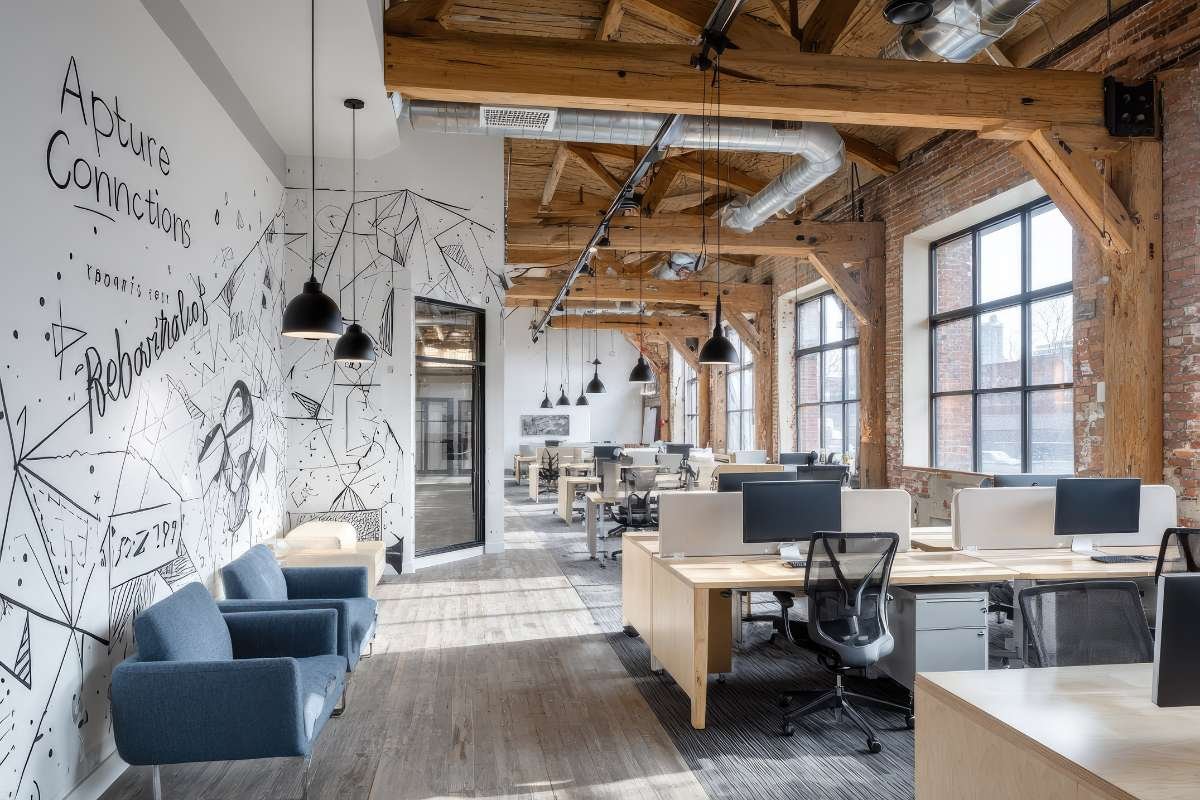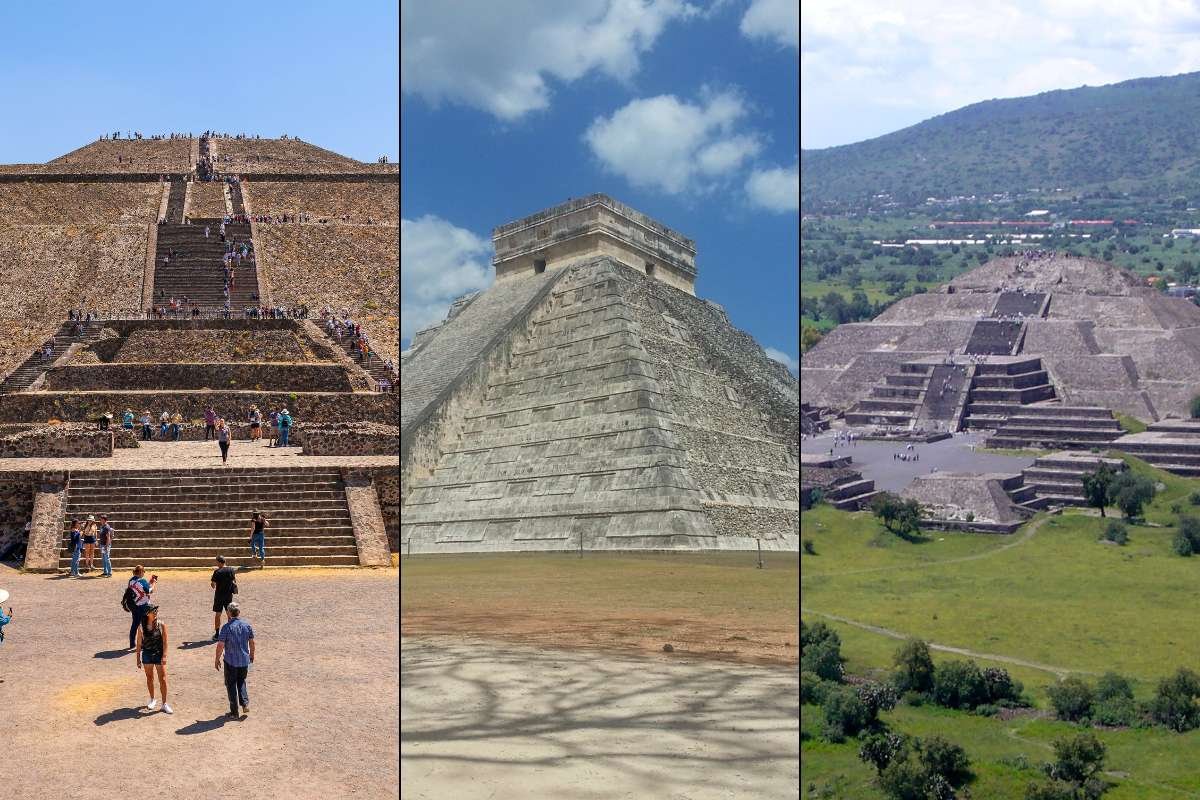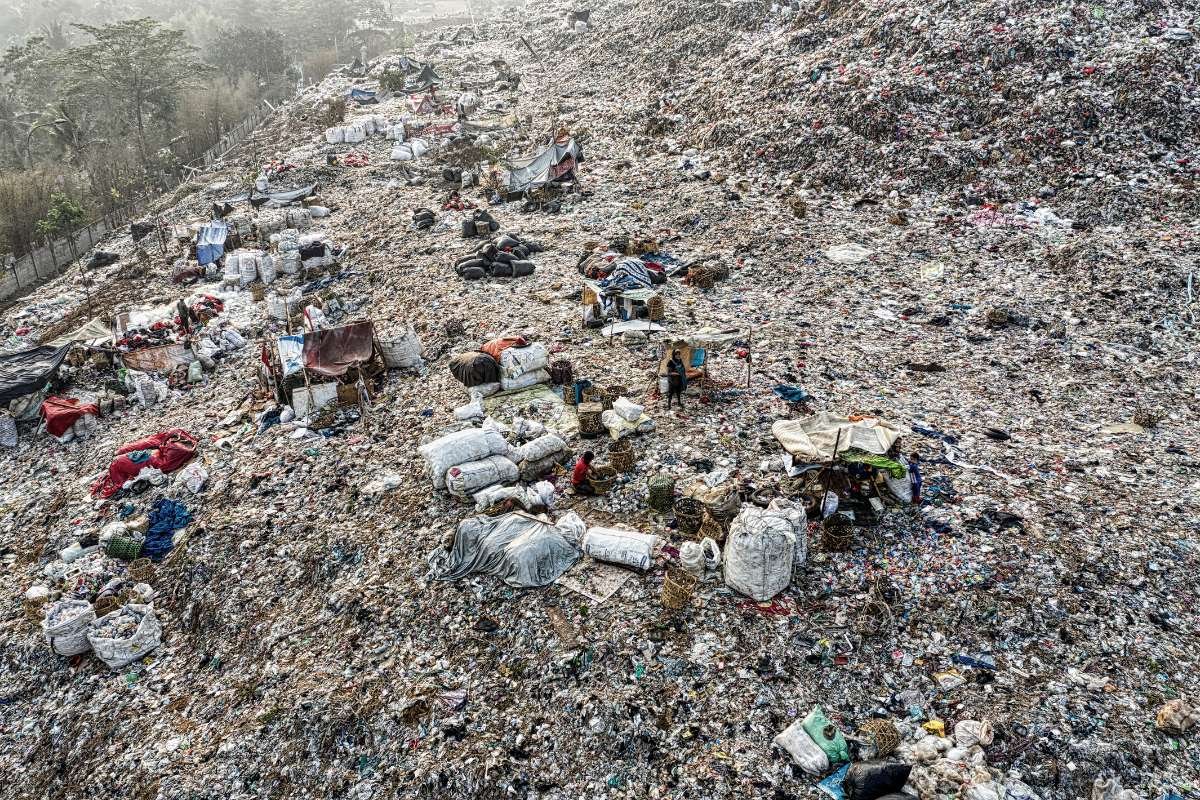Football is a game that has preserved itself throughout history and, in modern times, is an attribute. In this case, nothing does it better than its naturally grown grass. There are many benefits of grass for football surfaces. Raw grass surfaces have been the norm for centuries, as they provide a satisfying touch and experience that synthetic materials cannot give. But why is it that grass-cultivated fields are mostly used for playing football?
Historical Reasons for Grass Use

It would not be wrong to say that the use of grass in football can be traced way back to its conception. Grass fields were easily found and offered a safer base for the players as opposed to the rocky surfaces. Eventually, the turf turned into the norm not only because of easy accessibility but partly because of what it did to the level of play it permitted.
In the present day, this is not so different from what users of sports betting platforms, such as MelBet, experience. An important reason that grass is also used in stadiums all over the world is its important position in the history of the game, which makes it a common choice for most stadiums.
Here are the benefits of grass for football surfaces:
There are several reasons why grass is the most preferred surface for football:
- Safety of Players: As a material, the grass is softer, meaning players are less likely to be body-slammed rougher than themselves, which causes injury.
- Ball Movement: Compared to hard surfaces, the grass surface provides better traction, allowing for better control of the ball.
- Natural Aesthetics: Grass fields offer a beautiful and classic design.
These benefits assist in sustaining the principles of the sport and adding to the pleasure of the event, both for the participants and the supporters.
Usability and Management

In football, quality grass field maintenance is an important factor to ensure good play. The grass fields need attention to keep them at their best. This includes watering, mowing, and soil management. The way the field is kept can enhance or hamper the gameplay, making this area quite core in football.
Grass Field Weather-Related Problems
Weather is probably the most powerful factor in determining the conditions of grassed fields. A well-prepared pitch after some rainfall is turned into nothing but a slippery and muddy affair. Ground and turf managers ought to be prepared for these changes and alter the maintenance practices accordingly.
Following MelBet Instagram for the latest sports news is roughly the same as predicting when it will rain. Until you can accurately predict it, you just have to be ready for it. Proper maintenance ensures that all these variations are on the field’s environmental side and that the field is safe and playable for the athletes.
Care and Practices of Grass Fields

As you know there are many benefits of grass for football surfaces then you have to take care of a grass field, and certain factors come into play. There is a need to mow the grass at the right frequency. There is a need to aerate the surface so that root systems are able to take on water and air. There is a need to fertilize. Furthermore, more often than not, there is a need to sow seeds again to do pitch covering after and to fix the damage. Such measures are indeed critical in preserving the field during the entirety of the football season.
New Techniques and Methods
Football has been played in a changing manner over time, and even the playing surfaces have changed. New methods and techniques include:
- Hybrid Grass: A combination of real grass and synthetic grass reinforced with sturdy synthetic fibers, allowing the grass to stay natural but tough.
- Artificial Turf: Manufactured wholly of artificial material, it is easy to maintain and is resilient to weather changes.
- Natural Infill: A green approach to artificial turf infill that incorporates cork, coconut shells, or other natural materials as opposed to the traditional infill.
These alternatives are meant to enhance the safety of the players, maximize the shelf life of the fields, and reduce the negative impacts on the environment.
Current State of Football Surfaces
The benefits of grass for football surfaces will be increasingly emphasized in the coming years, as the focus shifts towards safer, more sustainable, and player-friendly football surfaces. More and more hybrid grass fields are being introduced, and their good looks are due to the inclusion of synthetic materials for added toughness.
Regarding maintenance, the development of carpets is also targeted at reducing risks to players and enhancing the quality of the game. In the future, the focus will be on the development of surfaces with maximum safety for players and environmental safety, and the game will grow with its surfaces.
Concluding Points
The quality of the pitches is steadily improving, and it appears there is a focus on modernization and growth. As this set of technologies progresses, the game will become better still, providing safer and more uniform playing conditions. The future of football, within the lines of play and external to the gaming field, appears very promising thanks to these culture-changing shifts in soccer sport. This evolution is further highlighted by the numerous benefits of grass for football surfaces, which contribute to player safety, ball behavior, and overall game experience.


















